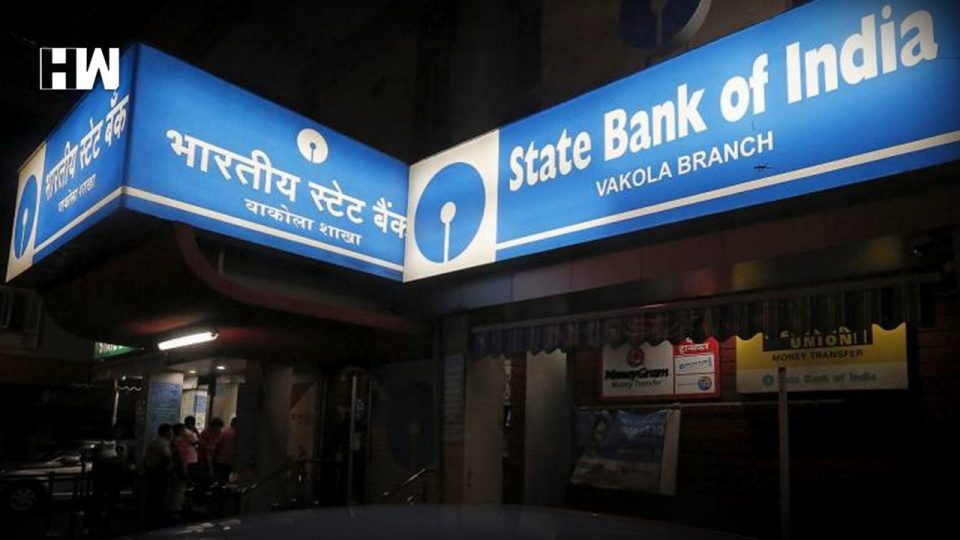State Bank of India joins all other global agencies in downgrading India’s FY20 growth rates
The SBI recent report states the second-quarter GDP growth may further lower down to 4.2 per cent on low automobile sales, deceleration in air traffic movements, flattening of core sector growth and declining investment in construction and infrastructure, and the growth forecast for FY20 has now come down to 5 per cent from 6.1 per cent earlier.
State Bank of India joins all other global agencies the ADB, World Bank, OECD, RBI and the IMF in downgrading India’s FY20 growth rates.
“Based on our composite leading indicator that suggests the GDP growth to slow down further from 5.0 per cent in Q1 of FY20 to 4.2 per cent on account of low automobile sales, deceleration in air traffic movements, flattening of core sector growth and declining investment in construction and infrastructure”, the bank said in a report.
India’s GDP was already at the 6-year lowest of 5 per cent in Q1. “Our 33 high frequency leading indicators reveal an acceleration rate which was 65 per cent in Q1 FY19 declined sharply to 27 per cent in Q2 FY20. Besides that, Skymet also reported that the country as a whole received 110 per cent of the long period average (LPA) of 89 cm of rainfall during the four-month-long southwest monsoon period, making it to the above-normal category, SBI said.
“Among meteorological divisions, Central India and Southern Peninsula received the maximum rainfall of 129 per cent and 116 per cent of their LPA, respectively. Excess Monsoon rains and the floods caused by them had affected the Kharif crops in many states, including Madhya Pradesh, Maharashtra, Gujarat, Karnataka and Punjab.
“While 40 to 50 per cent soyabean crop has been hit in Madhya Pradesh, which is the biggest producer of the oilseed, 30 to 40 per cent of the groundnut and up to 30 per cent of cotton crops have been affected in Gujarat.
“As these states are major agrarian states, so this could have a negative impact on agricultural growth. Considering all these domestic parameters along with the global downturn, we now foresee a GDP growth at 5 per cent in the current fiscal,” the report said.
“We expect Q2GDP growth at 4.2 per cent. Our acceleration rate for 33 leading indicators at 85 per cent in October 2018 is down to just 17 per cent in September 2019, with such decline gaining traction from March 2019.
Also Read: Industrial growth falls to 17-month low of 0.5 percent in November
Even IIP growth number for September 2019 was 4.3 per cent, which is quite alarming. We are revising our GDP forecast for FY20 to 5 per cent from 6.1 per cent earlier,” the SBI Ecowarp said.
“We expect growth rate to pick up pace in FY21 to 6.2 per cent. We also expect revisions to the GDP data as in the past, but that is likely in February 2020 as is the custom. In FY17, Q1 GDP figure was revised upwards from 7.1 per cent in every revision and finally settled at 9.2 per cent”, the bank said.
“We, however, believe this growth rate in FY20 should be looked through the prism of the synchronised global slowdown.
“India is also significantly lower in Economic Uncertainty Index when compared globally. We also believe that Moody’s change in outlook from stable to negative will not have any significant impact as rating actions are always a laggard indicator and the markets this time have categorically given a thumbs down to such indicators,” it said.
Even as the government continues to stress that economic slowdown is cyclical in nature and recovery will soon be visible, high-frequency data suggests otherwise.
As an independent media platform, we do not take advertisements from governments and corporate houses. It is you, our readers, who have supported us on our journey to do honest and unbiased journalism. Please contribute, so that we can continue to do the same in future.

